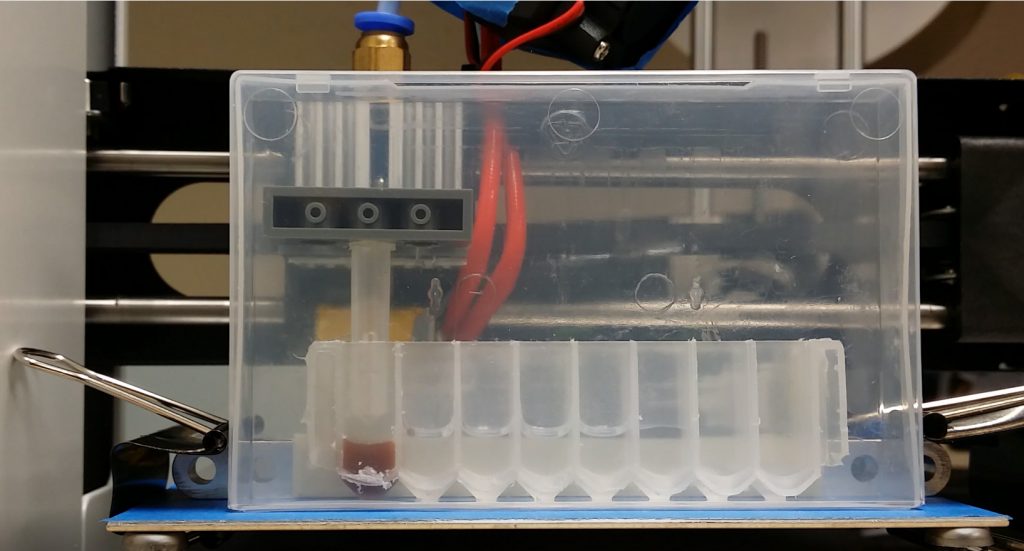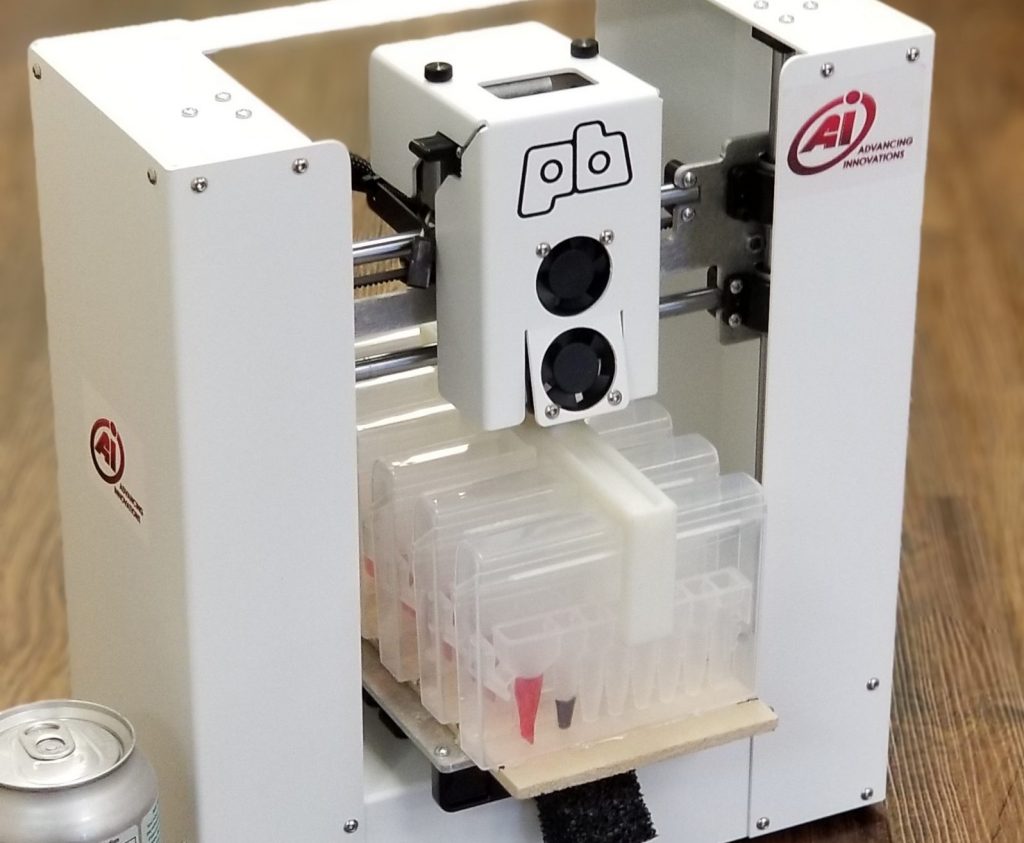NASA has launched a project to research the impact of microbes and microgravity on astronauts in space with 3D printed testing equipment.
The “Omics in Space” project brings together NASA’s Jet Propulsion Laboratory (JPL) in Pasadena, California, NASA’s Translational Research Institute for Space Health (TRISH) and the Baylor College of Medicine.
The project will involve developing equipment that can be 3D printed on board the International Space Station (ISS).
Omics in Space
Omics is the name given to the study of microbiology important to human health, including genomes, microbiomes, and proteomes (the proteins given off by microbes).
It is a field of study that can be useful in finding answers to key questions about health in space, such as why astronaut immune systems are weaker after living on the ISS.
Previous omics research has also suggested that it may be due to the way in which microgravity and cosmic rays affect human DNA.
Another area of interest is determining the nature of bacteria that inevitably stow away on space vessels either on astronauts or on cargo.
While other experiments such as the Microbial Tracking 1 experiment and sequencing DNA in space for the first time, the ability to test and analyze samples on board will cut the time taken to obtain results from months to days. JPL’s Ganesh Mohan said:
“You can see whether a possibly harmful microbe is increasing in number in real time. If needed, we could then take actions to counteract those microbes.”
“You don’t have overnight mail when you go to space,” added JPL’s Kasthuri Venkateswaran. “You have to do all the analysis by yourself. This project will develop an automated system for studying molecular biology with minimal crew intervention.”

3D printing as a means of testing
Central to this automated system is 3D printing.
Douglas Terrier, NASA’s acting Chief Technologist has explained that 3D printing is especially useful in producing spare parts for space travel. It addresses the problem of having to keep parts on that will not be used on board which wastes space on the ISS.
A similar issue applies to scientific apparatus. Conducting many of the omics experiments requires plastic cartridges to extract nucleic acids from blood or saliva samples using an automated DNA/RNA extractor, so the samples can then be analyzed using the MinION sequencing tool.
These cartridges must be specially designed so that they don’t spill in microgravity, float, or form air bubbles that compromise results. They must also be available on demand when needed, so they do not take up valuable space. To address these requirements, the JPL has suggested 3D printing.
“We’re taking what’s on Earth to analyze DNA and consolidating all the steps into an automated system,” Camilla Urbaniak, a researcher at the JPL said. “What’s new is we’re developing a one-stop-shop that can extract and process all of these samples.”
The design of the cartridges includes multiple wells. Each well in the cartridge can hold solutions which a DNA sample can be dipped into. These solutions are mixed with magnetic particles that help purify the sample before inserting it into a MinION DNA sequencer.
Scientists will now spend four years developing cartridges and additional equipment that can be 3D printed in the microgravity conditions of the ISS.

Enhancing space travel with 3D printing
A3DPT-2-Mars is another project looking at the feasibility of 3D printing operational tools in outer space. The project, led by the Austrian Space Forum (OeWF), is a simulated field mission that will be conducted in Dhofar, a region of the Omani desert.
International scientists working on the project will look at how spare parts might be manufactured on the surface of the red planet.
Let us know what you think the most groundbreaking application of 3D printing has been this year. Make your nominations for the 3D Printing Industry Awards 2018 now.
For more stories on 3D printing and subscribe to our free 3D Printing Industry newsletter, follow us on Twitter, and like us on Facebook.
Featured image shows NASA Extreme Environment Mission Operations (NEEMO) crew member, Matthias Maurer, inserting samples into the MinION DNA sequencer. Photo via NASA.

